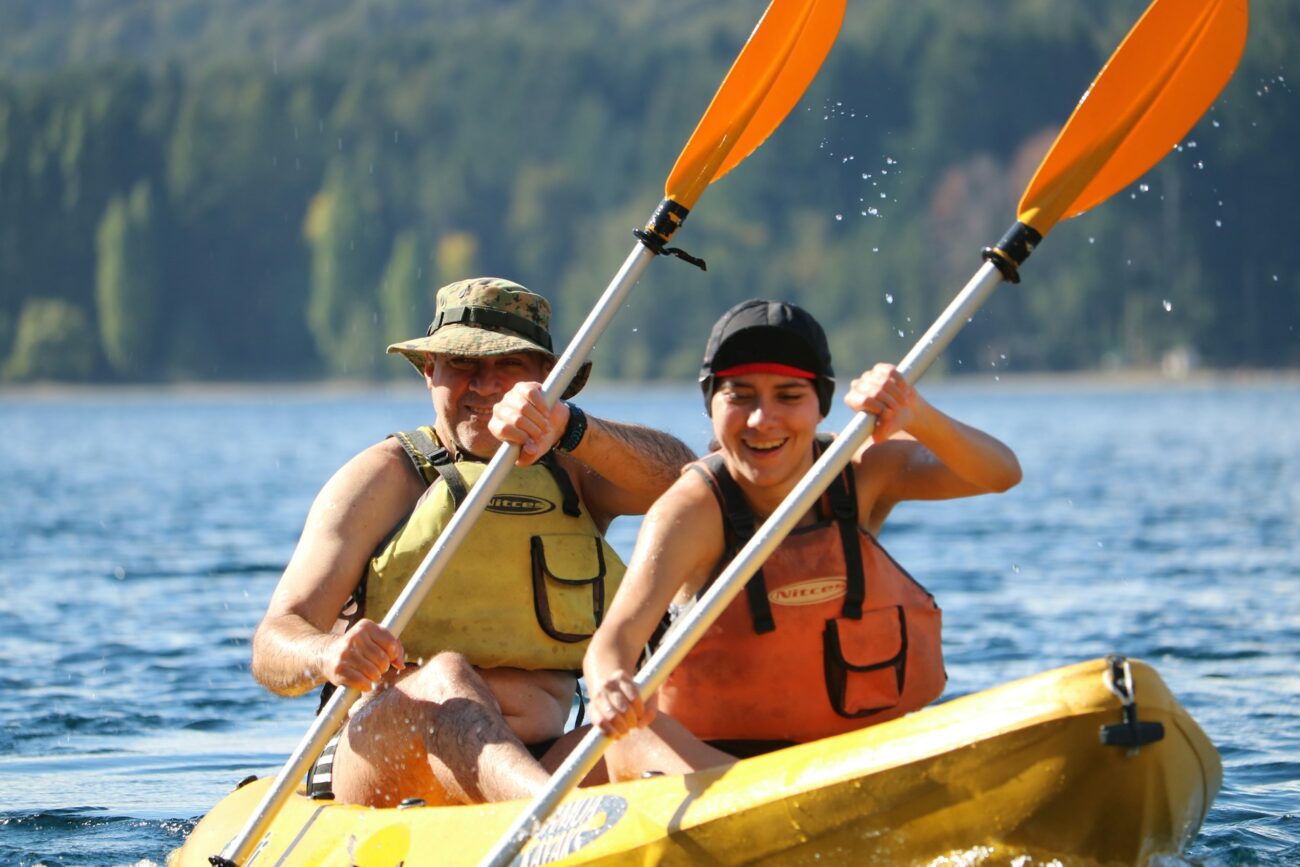There’s something magical about the combination of gentle waves lapping against a shoreline, the crackle of a campfire, and the freedom of gliding across water in a kayak. Lake trips offer a perfect blend of adventure and relaxation, connecting us with nature while providing endless opportunities for both excitement and peaceful moments. Whether you’re planning a weekend getaway or an extended vacation, this comprehensive guide will help you craft the perfect lake trip itinerary balancing kayaking adventures, cozy campfires, and plenty of time to simply chill and soak in the natural beauty around you. From essential gear to must-try activities, we’ve mapped out everything you need for an unforgettable lakeside escape.
Choosing the Perfect Lake Destination
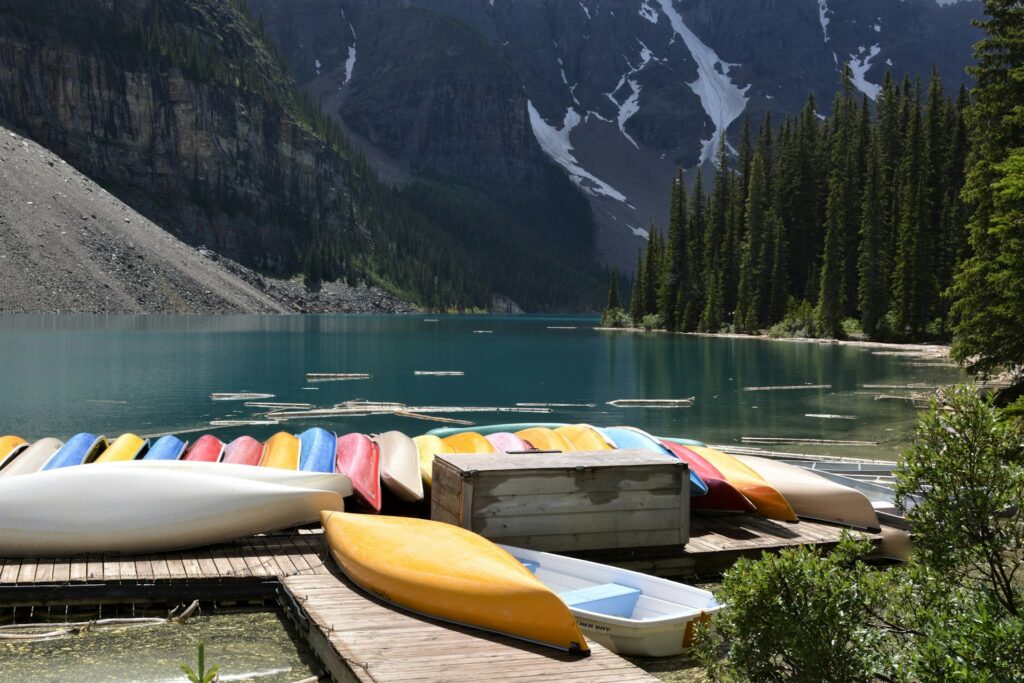
The foundation of any great lake trip begins with selecting the ideal destination that matches your preferences and needs. Consider factors like the size of the lake, surrounding amenities, accessibility, and the types of activities permitted on the water. Smaller lakes often provide a more intimate experience with calmer waters, making them perfect for beginners and those seeking tranquility. Larger lakes offer more exploration opportunities and typically support a wider range of water activities, though they may come with more boat traffic and visitors. Research water quality reports before your trip, as this can significantly impact your swimming and fishing experiences. Don’t overlook seasonal considerations either—some lakes are at their best during specific months due to water levels, temperature, and local events or festivals.
Essential Gear for Lake Adventures
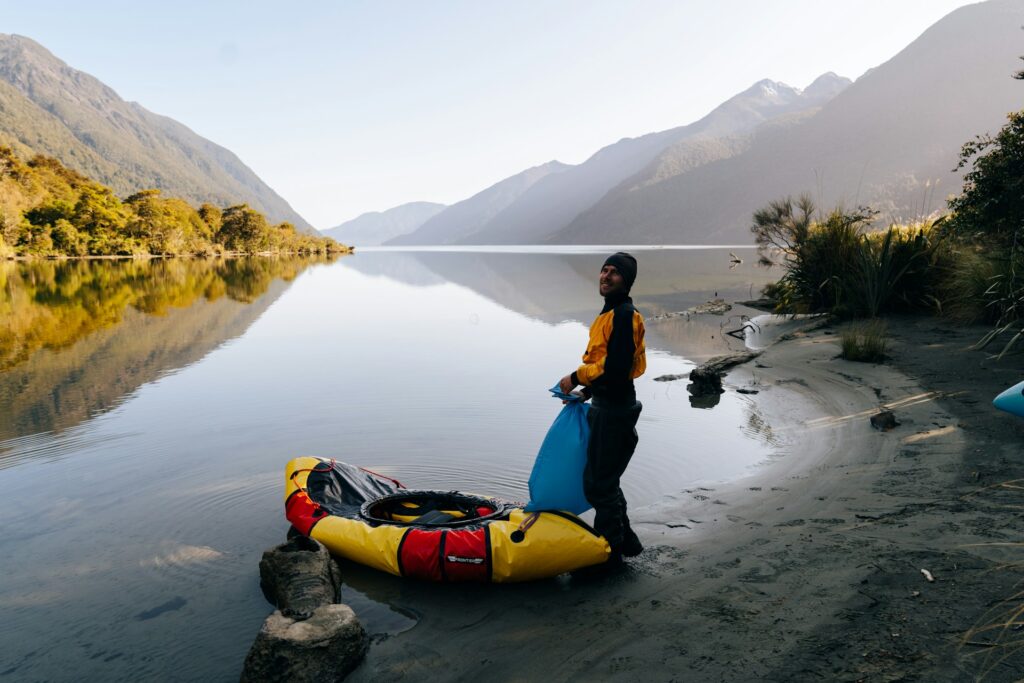
Packing appropriately can make or break your lake experience, so creating a comprehensive gear list is crucial. Start with kayaking essentials: kayaks (inflatable or hard-shell depending on transportation constraints), paddles, personal flotation devices, dry bags, and safety whistles. For camping, pack weather-appropriate shelter like tents or hammocks with rain flies, sleeping bags rated for the expected temperatures, sleeping pads, headlamps, and multi-tools. Cooking gear should include a portable stove or campfire cooking equipment, lightweight pots and pans, eating utensils, and food storage containers that are wildlife-resistant. Don’t forget personal items such as sunscreen, insect repellent, first aid supplies, medications, appropriate clothing layers, and water shoes that can protect your feet both in the kayak and while swimming or wading.
Planning Your Kayaking Routes
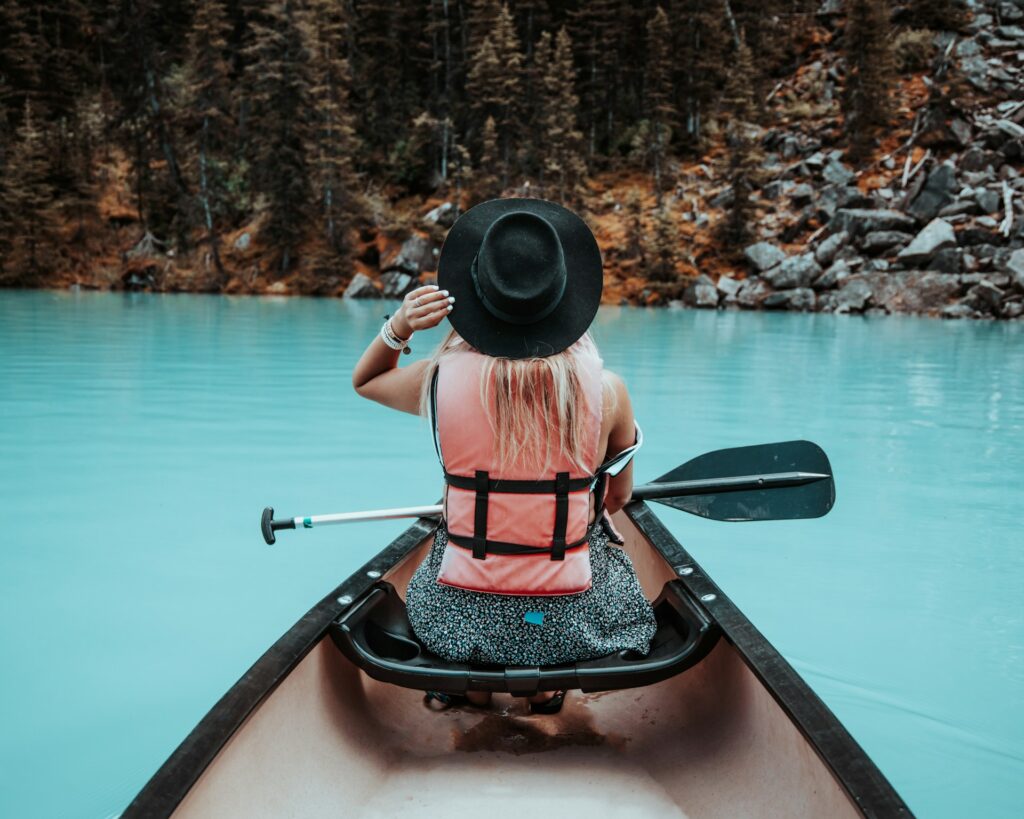
Strategic kayaking route planning enhances safety and ensures you don’t miss the lake’s highlights. Before launching, obtain detailed lake maps marking shallow areas, potential hazards, and points of interest like hidden coves, wildlife viewing spots, or historical sites. Consider creating daily routes of varying distances and difficulty, taking into account the paddling experience of everyone in your group and allowing flexibility for weather changes. Morning paddling sessions often offer the calmest water conditions and the best wildlife viewing opportunities, while sunset paddles provide spectacular lighting for photography. When planning longer routes, identify potential rest spots and emergency exit points where you could land if conditions change suddenly. Always share your intended route and estimated return time with someone who isn’t joining you on the water, especially for longer or more remote paddling adventures.
The Art of Campfire Cooking
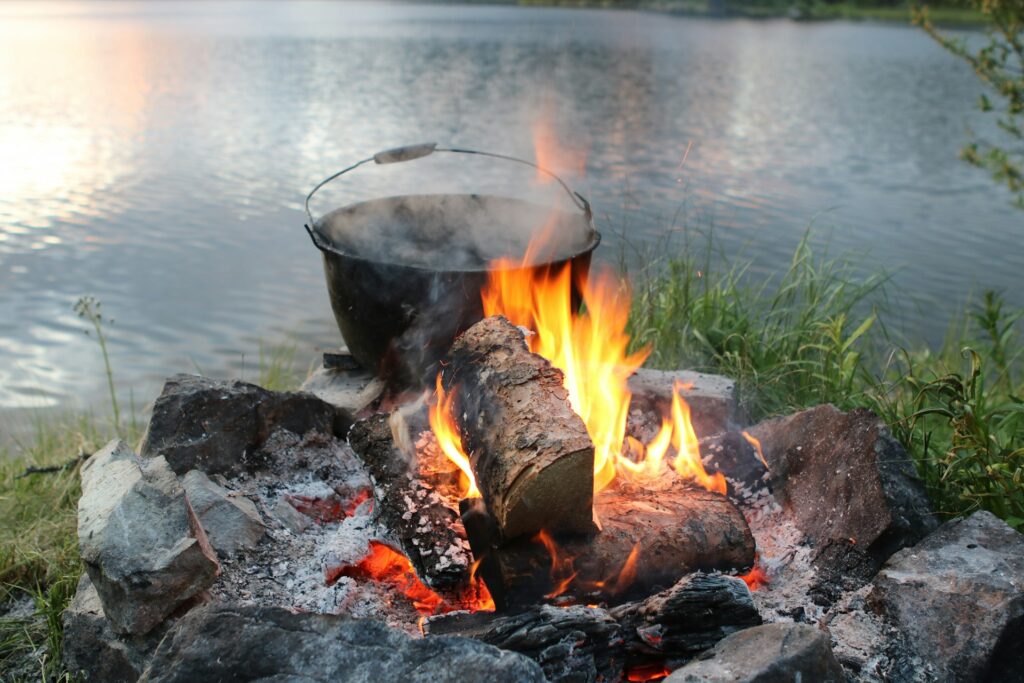
There’s something primal and deeply satisfying about preparing meals over a campfire that elevates even the simplest foods to memorable dining experiences. Start by learning proper fire-building techniques, including how to create cooking fires with consistent heat rather than roaring flames. Invest in quality cast iron cookware which distributes heat evenly and can be placed directly in the coals or suspended above them. Plan a mix of easy meals like foil packet dinners (combining proteins, vegetables, and seasonings in aluminum foil), skewered foods, and one-pot wonders like chilis or stews that can simmer while you enjoy other activities. Don’t limit yourself to basic camping food—fresh-caught fish prepared lakeside, Dutch oven breads and desserts, or breakfast hash browns crisped over morning embers can become culinary highlights of your trip. Remember to follow all local regulations regarding fire safety, including proper extinguishing procedures and any seasonal burn bans.
Setting Up the Ultimate Lakeside Camp
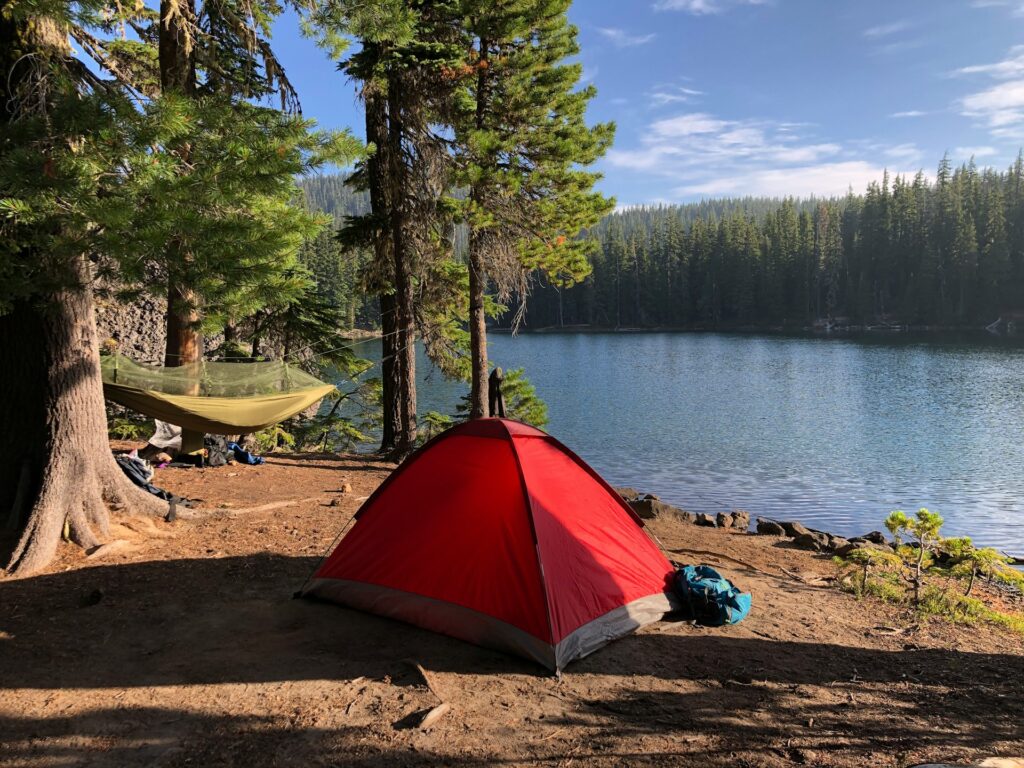
Creating a comfortable, functional campsite enhances your overall lake experience by providing a welcoming home base for your adventures. Select a site that balances proximity to the water with safety from potential rising water levels and offers natural wind protection if possible. Position your tent on level ground, removing rocks and sticks first, with the door facing away from prevailing winds but oriented to catch beautiful lake views when you unzip in the morning. Establish distinct zones within your campsite: a sleeping area, kitchen/dining area, gear storage, and a relaxation space with camp chairs positioned to maximize sunset views. Implement a lighting strategy using headlamps, lanterns, and perhaps solar string lights to create ambiance while ensuring you can navigate safely after dark. If staying multiple days, consider comfort upgrades like a portable shower setup, a designated handwashing station, and a clothesline for drying swimwear and towels between water activities.
Wildlife Watching Opportunities
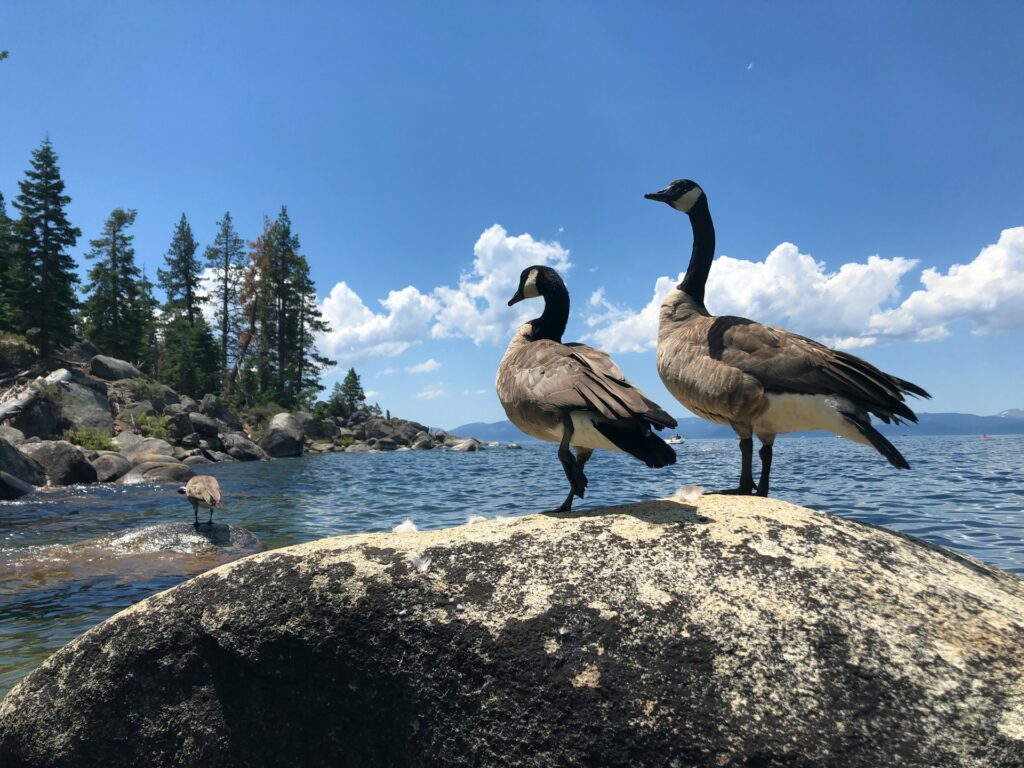
Lakes serve as vibrant ecosystems supporting diverse wildlife, offering exceptional viewing opportunities for patient observers. Early mornings and dusk provide prime wildlife activity periods when you might spot deer coming to drink at the shoreline, ospreys and eagles fishing, or beavers swimming along the banks. Pack compact binoculars and a field guide specific to the region to help identify birds, mammals, and reptiles you encounter during your stay. Kayaking silently allows you to approach wildlife viewing areas with minimal disturbance, often resulting in closer encounters than you’d experience on foot. Create a wildlife journal to record your sightings, noting behaviors and patterns you observe throughout your trip. Remember to maintain respectful distances from all animals, never feed wildlife (even accidentally by leaving food unsecured), and use telephoto camera lenses rather than trying to get physically closer to animals you want to photograph.
Fishing Adventures for All Skill Levels
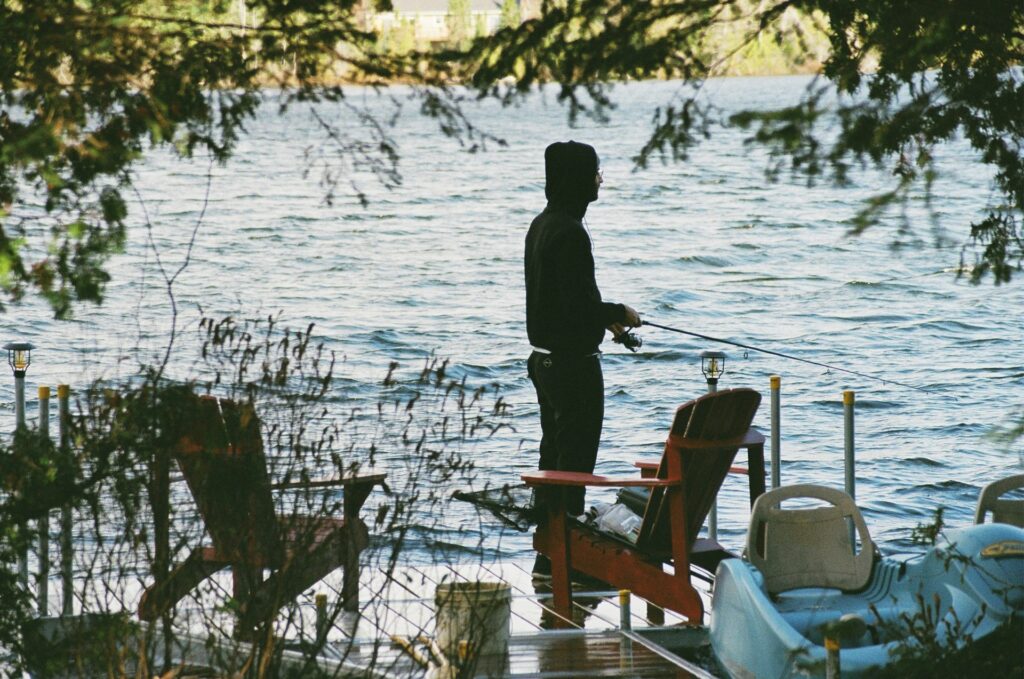
Fishing from shore, docks, or directly from your kayak adds another dimension to your lake experience while potentially supplementing your meals with fresh catches. Research the fish species present in your chosen lake and pack appropriate tackle, including a variety of lures or baits that match local fish preferences. For beginners, simple setups like basic spinning reels with live bait often yield the most immediate success and enjoyment. Kayak fishing requires some specialized equipment, including rod holders that attach to your boat, anchor systems to keep you stationary in promising spots, and secure storage for your catch. Before your trip, check fishing regulations including licensing requirements, size limits, and any catch-and-release rules for certain species. Incorporating fishing into your dawn or dusk activities often coincides with feeding times when fish are most active, increasing your chances of success while avoiding the strongest midday sun.
Creating the Perfect Campfire Experience
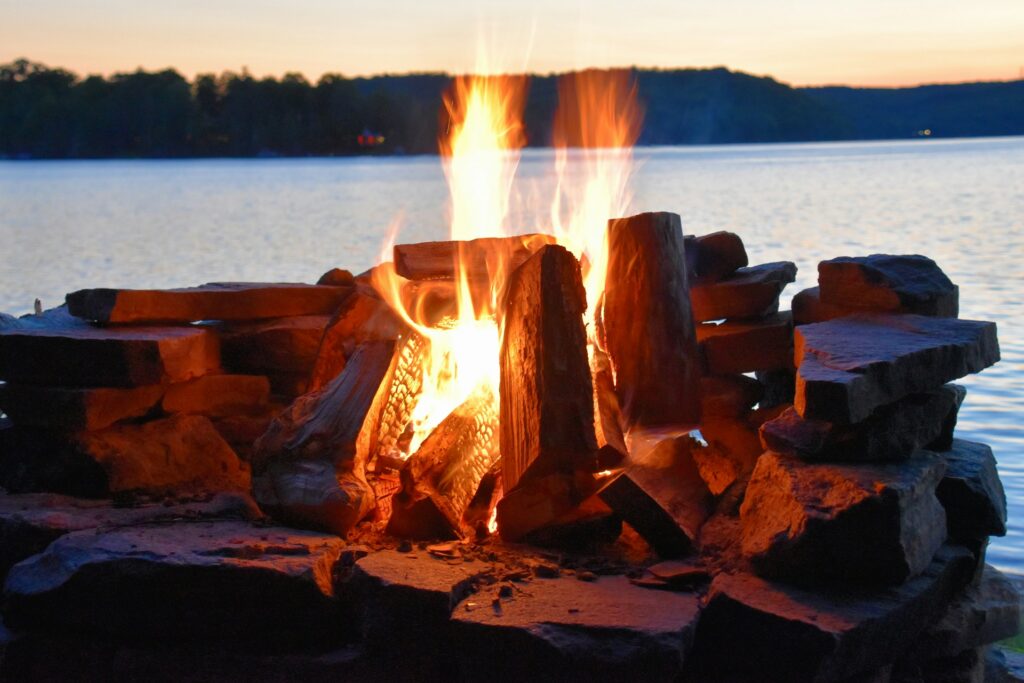
The campfire serves as both practical necessity and social centerpiece during any lake trip, deserving thoughtful preparation and attention. Learn and practice proper fire-starting techniques before your trip, including building a stable fire structure using the teepee or log cabin method and understanding how different types of wood affect burn time and heat output. Pack fire starters like dryer lint in wax paper or commercial starters to ease the process, especially if damp conditions are possible. Establish clear campfire safety protocols with your group, including keeping a water source nearby, never leaving the fire unattended, and properly extinguishing embers before sleep or departure. Enhance the ambiance by planning campfire activities like storytelling sessions, acoustic music if someone plays an instrument, or traditional s’mores making with creative variations using different chocolates or cookies. The flickering light and gentle warmth of a well-maintained campfire create the perfect backdrop for the most memorable conversations and moments of connection during your lake adventure.
Swimming and Water Play Ideas
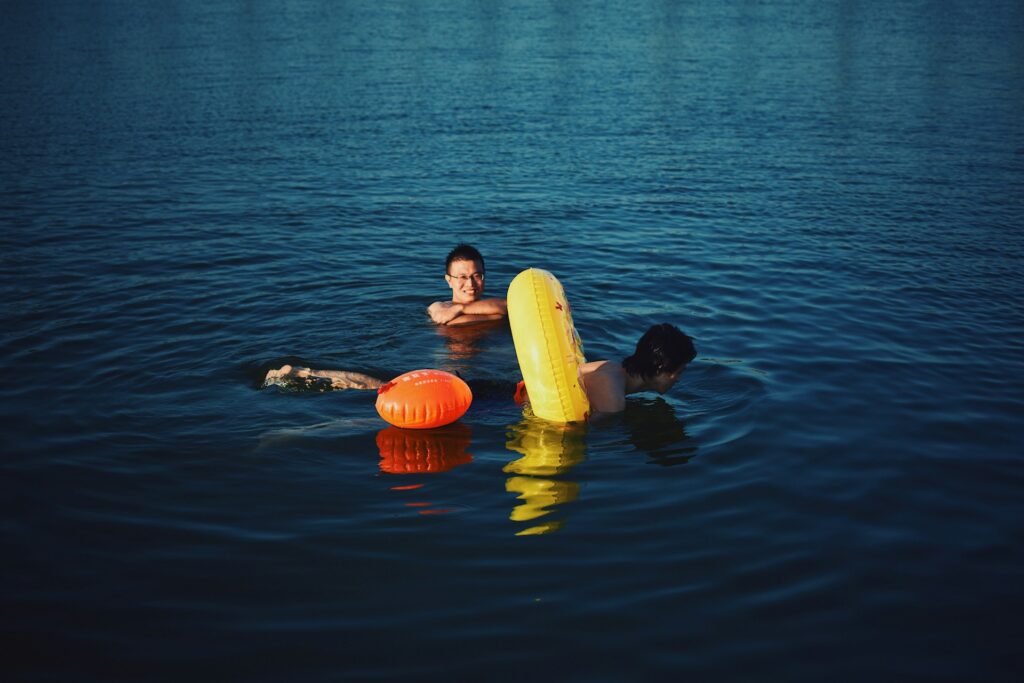
Swimming and water-based recreation form core lake trip experiences that appeal to all ages and can be adapted to various comfort levels with water. Scout multiple swimming spots upon arrival, noting features like gradual entry points, diving rocks, sandy bottoms, or floating platforms that might enhance your enjoyment. Pack water toys that multiply the fun without requiring motorized equipment, such as inflatable loungers, floating mats that multiple people can enjoy simultaneously, underwater viewers for observing lake life, or snorkeling gear if water clarity permits. For active play, consider bringing a floating volleyball net, waterproof playing cards for raft-based games, or inflatable stand-up paddleboards that offer another perspective on the lake. Safety should remain paramount—establish buddy systems for swimming, set clear boundaries for younger participants, use appropriate flotation devices, and assess each swimmer’s abilities before allowing deeper water exploration. Even strong swimmers should consider using bright swim buoys that increase visibility when sharing the lake with boats, especially during busier times or on larger lakes.
Rainy Day Contingency Plans
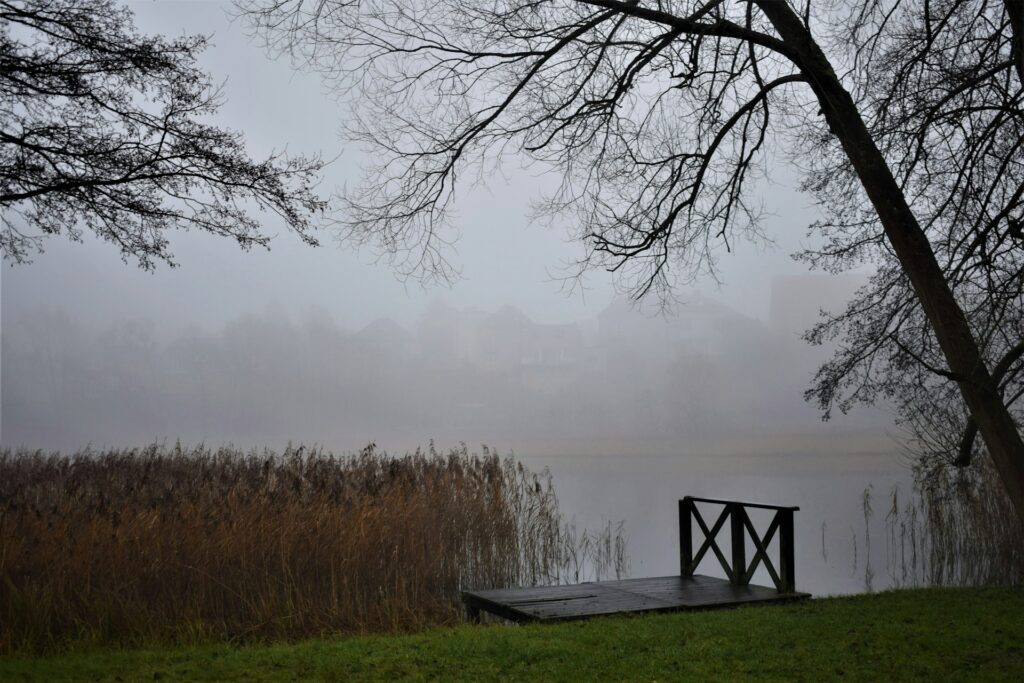
Weather doesn’t always cooperate with outdoor plans, making flexible alternatives essential for maintaining trip momentum during rainy periods. Prepare your campsite for wet weather by setting up tarps above your main gathering area and ensuring proper tent waterproofing before your trip. Pack compact indoor activities like card games, travel-sized board games, paperback books, or journaling supplies that can turn tent or vehicle time into enjoyable experiences rather than frustrating delays. Many lakeside areas offer nearby attractions that provide rain shelter, such as local museums, historical sites, or small-town shops worth exploring during downpours. Use light rain as an opportunity for different kinds of experiences—raindrops on a lake create unique photography opportunities, gentle showers can make for memorable swimming sessions, and the sound of rain on a tent while reading or napping can become a cherished memory rather than a disappointment. With proper gear and attitude adjustments, inclement weather often produces some of the most distinctive and talked-about experiences of your lake trip.
Nighttime Lake Magic
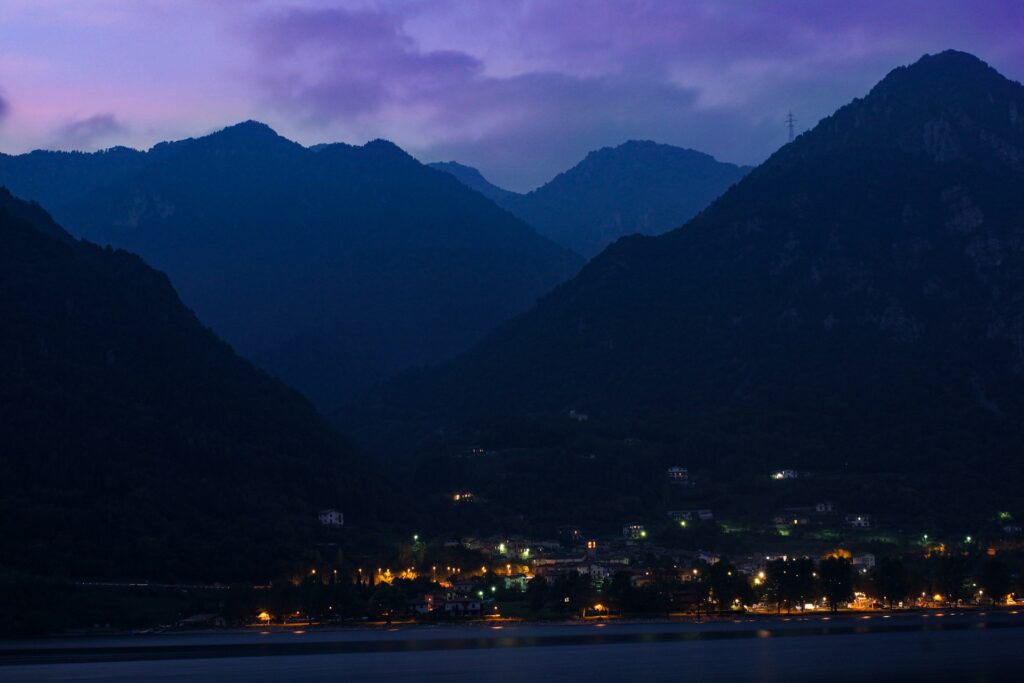
Lakes transform after sunset, offering entirely different experiences worth planning specific activities around. If your trip coincides with the new moon phase, you’ll find lakes often provide exceptional stargazing opportunities due to minimal light pollution, making constellation identification, meteor shower watching, or astrophotography rewarding pursuits. Nocturnal wildlife becomes active after dark—consider setting up red-light headlamps (which preserve night vision and disturb animals less) for silent shoreline walks listening for owls, frogs, and other creatures. Night paddling creates magical memories but requires proper preparation, including kayaks equipped with navigation lights, glow sticks as backups, and sticking to familiar routes previously paddled during daylight. On clear, calm evenings, the lake surface can become mirror-like, reflecting stars and moonlight in ways that create breathtaking photography opportunities and meditative moments. Evening swimming takes on an enchanting quality, especially in lakes that experience bioluminescence or during full moons that illuminate the water surface—just ensure appropriate safety measures remain in place for darkness conditions.
Disconnecting and Mindfulness Practices
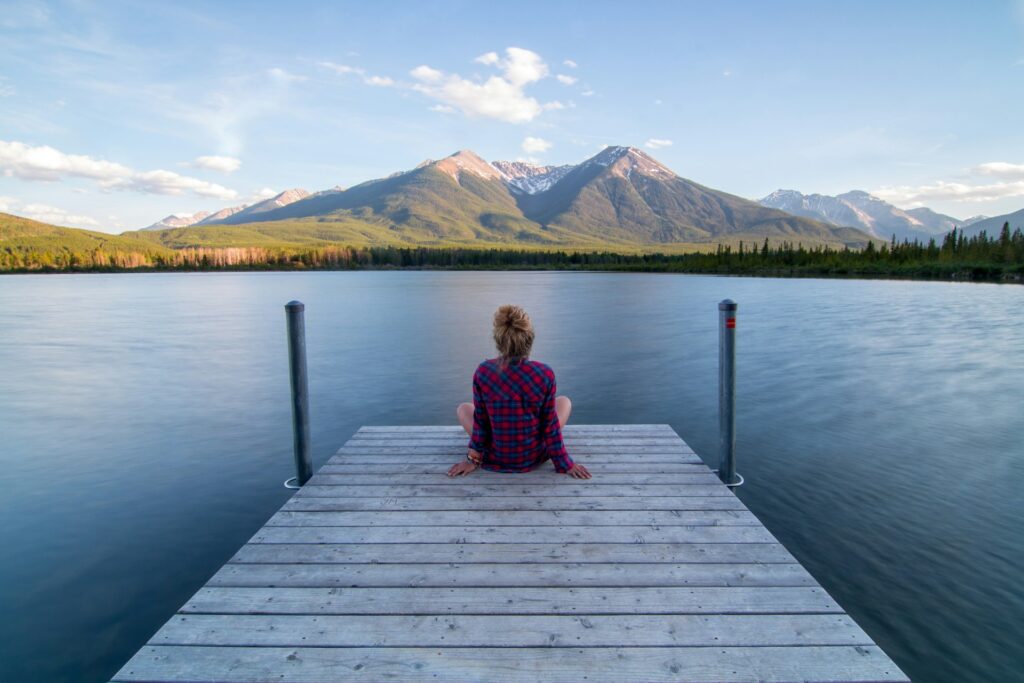
Lake environments provide perfect settings for digital detoxes and reconnection with natural rhythms that can restore mental clarity and reduce stress. Consider designating specific “technology-free” periods during your trip where phones and devices are stored away, allowing everyone to fully immerse in the sensory experience of lakeside living. Incorporate simple mindfulness practices like morning shoreline meditations, listening exercises where you identify different natural sounds around the lake, or breath-synchronization with gentle wave patterns. Journal prompts focused on observations and feelings rather than activities can help capture meaningful reflections and enhance your connection to the environment. Water-based mindfulness experiences prove particularly powerful—floating quietly in your kayak in a sheltered cove while watching clouds, or sitting with feet in the water focusing exclusively on the sensation can produce profound relaxation. The natural day-night cycles at lakes help reset disrupted sleep patterns when you allow yourself to wake with the sun and wind down as darkness falls, often resulting in some of the most restorative rest you’ll experience.
Day Trip Explorations Beyond the Lake
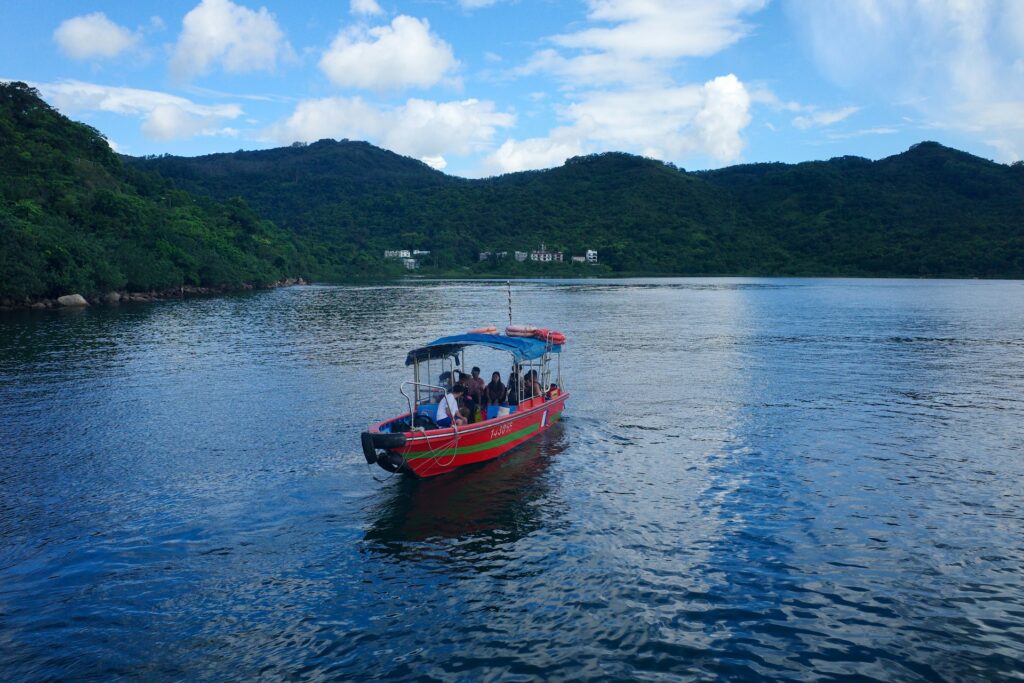
While the lake remains your primary destination, incorporating nearby attractions can add variety and unexpected highlights to your trip itinerary. Research hiking trails within a 30-minute drive that offer different perspectives of your lake or access to scenic viewpoints, waterfalls, or neighboring water bodies. Many lake regions feature small towns with local character, including farmers markets where you can refresh your food supplies with regional specialties, craft shops showcasing local artisans, or historical sites that provide context about the area’s development. Natural areas surrounding lakes often contain unique ecological zones worth exploring, from marshlands with distinctive bird populations to forests with mushroom-hunting opportunities or berry-picking in the right seasons. Balance these side trips with ample lake time, perhaps designating one day midway through your stay for broader exploration to prevent feeling like you’re constantly on the move while still experiencing the region’s full offerings.
Sustainable Lake Trip Practices
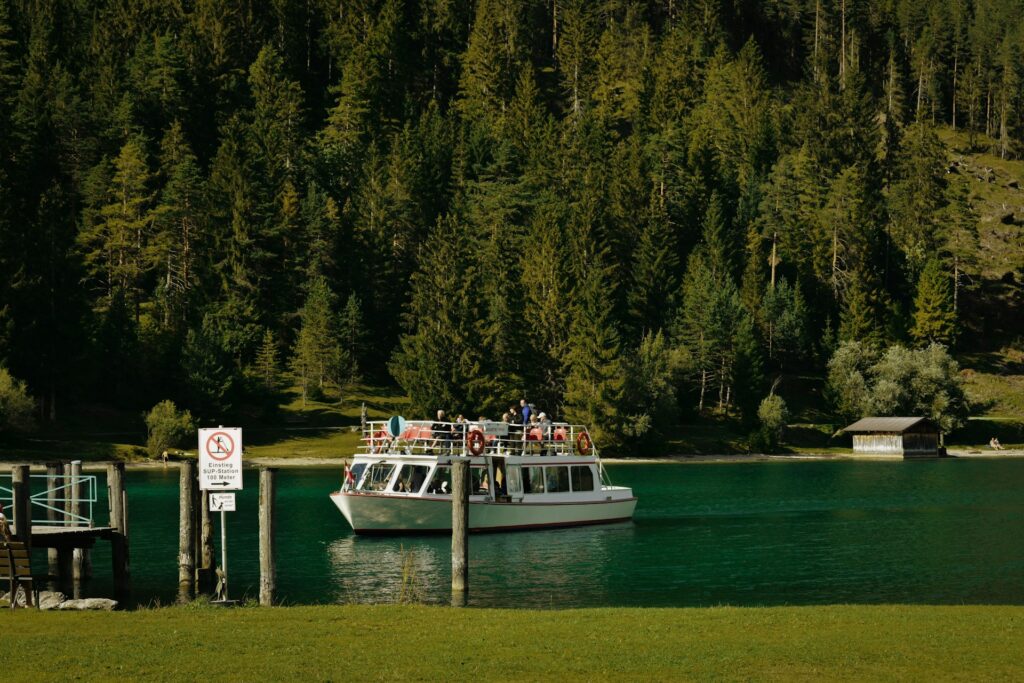
Protecting the natural environments we enjoy ensures these spaces remain pristine for future visits and other nature enthusiasts. Implement a comprehensive “Leave No Trace” approach throughout your trip, including packing out all trash (even biodegradable items like orange peels that don’t belong in the ecosystem), staying on established trails, and leaving natural objects where you find them. Use biodegradable soap products for washing dishes or yourself, always at least 200 feet from the water’s edge to prevent contamination. Respect wildlife by observing from appropriate distances, properly storing food to prevent animal habituation or dangerous encounters, and learning about sensitive habitat areas to avoid during certain seasons. Consider incorporating a brief shoreline cleanup into your trip, collecting any litter you encounter even if it isn’t yours—this simple act contributes to preservation while setting a positive example for other visitors you encounter. Choose reef-safe sunscreen formulations even in freshwater environments, as these products cause less harm when they inevitably wash off during swimming.
Creating Lasting Lake Memories
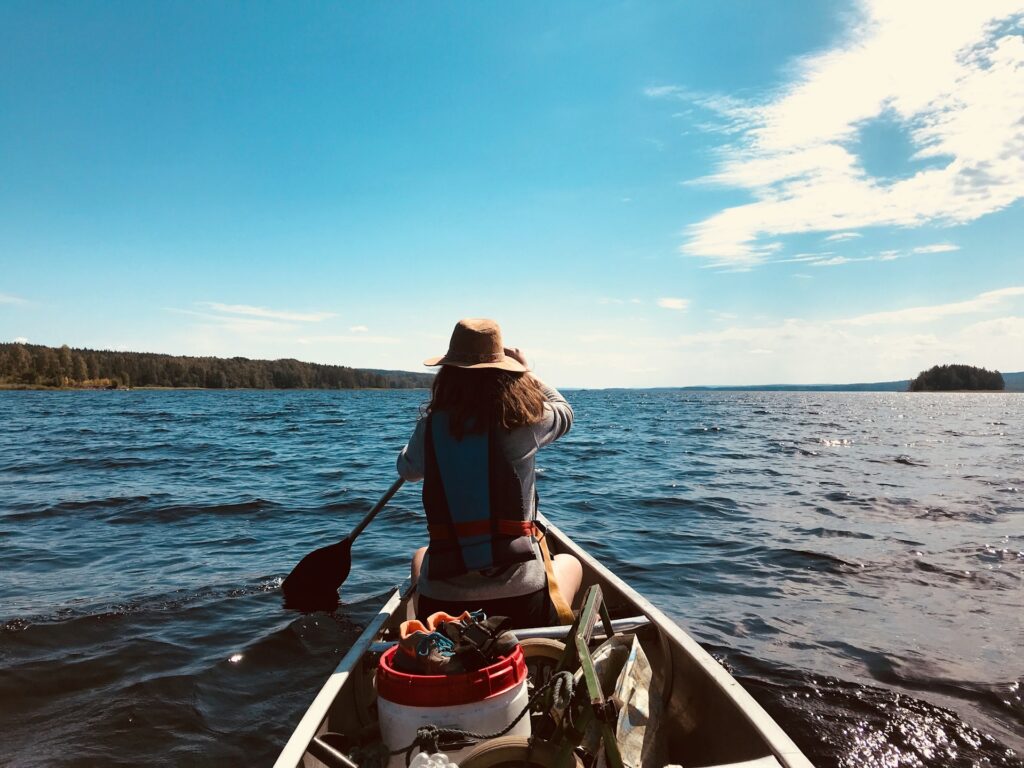
Intentionally documenting and celebrating your lake experience helps transform fleeting moments into enduring memories that sustain you until your next adventure. Designate a trip photographer (rotating the responsibility ensures everyone appears in images) who captures not just scenic vistas but also candid moments around camp, the concentration on faces during kayak launches, or the satisfaction after mastering a new skill. Create trip traditions that can be repeated on future lake visits, such as a special meal on the final night, a particular swimming spot christened with your own nickname, or a kayak route you navigate at the same time each visit. Collect small mementos within leave-no-trace guidelines—perhaps photographs of interesting rocks rather than taking them, sketches of unique plants, or recordings of loon calls or waves lapping at your kayak. Consider creating a shared digital album where everyone contributes their perspective on the trip, or for a more tangible keepsake, a small journal with entries from each participant highlighting their favorite moment from each day creates a treasured record of your collective experience.
Conclusion
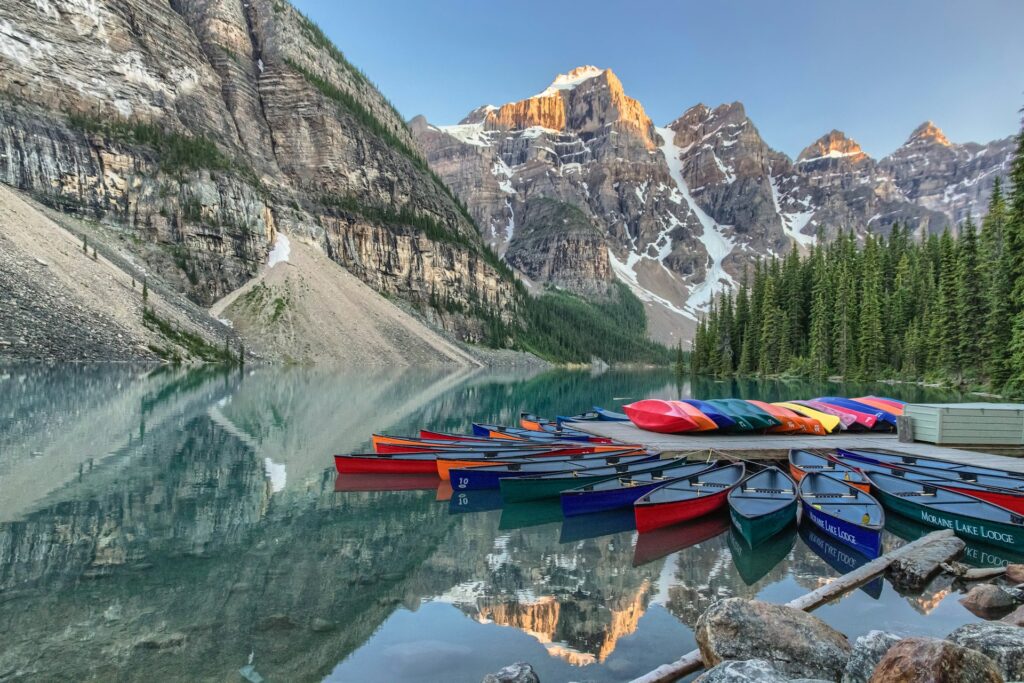
Lake trips represent the perfect balance of adventure and relaxation, active exploration and peaceful contemplation. By thoughtfully planning your kayaking routes, creating comfortable camp setups, embracing both daytime activities and nighttime magic, and making space for both excitement and stillness, you’ll craft an experience that satisfies on multiple levels. The combination of water, wilderness, and campfire creates a setting where conversation flows more easily, natural rhythms replace digital distractions, and simple pleasures—from perfectly roasted marshmallows to silent sunrise paddles—take on profound significance. Whether you’re escaping for a weekend or an extended vacation, this lake trip itinerary framework provides the structure to create an experience that will draw you back to the water’s edge season after season, with each visit building upon the memories of the last.

